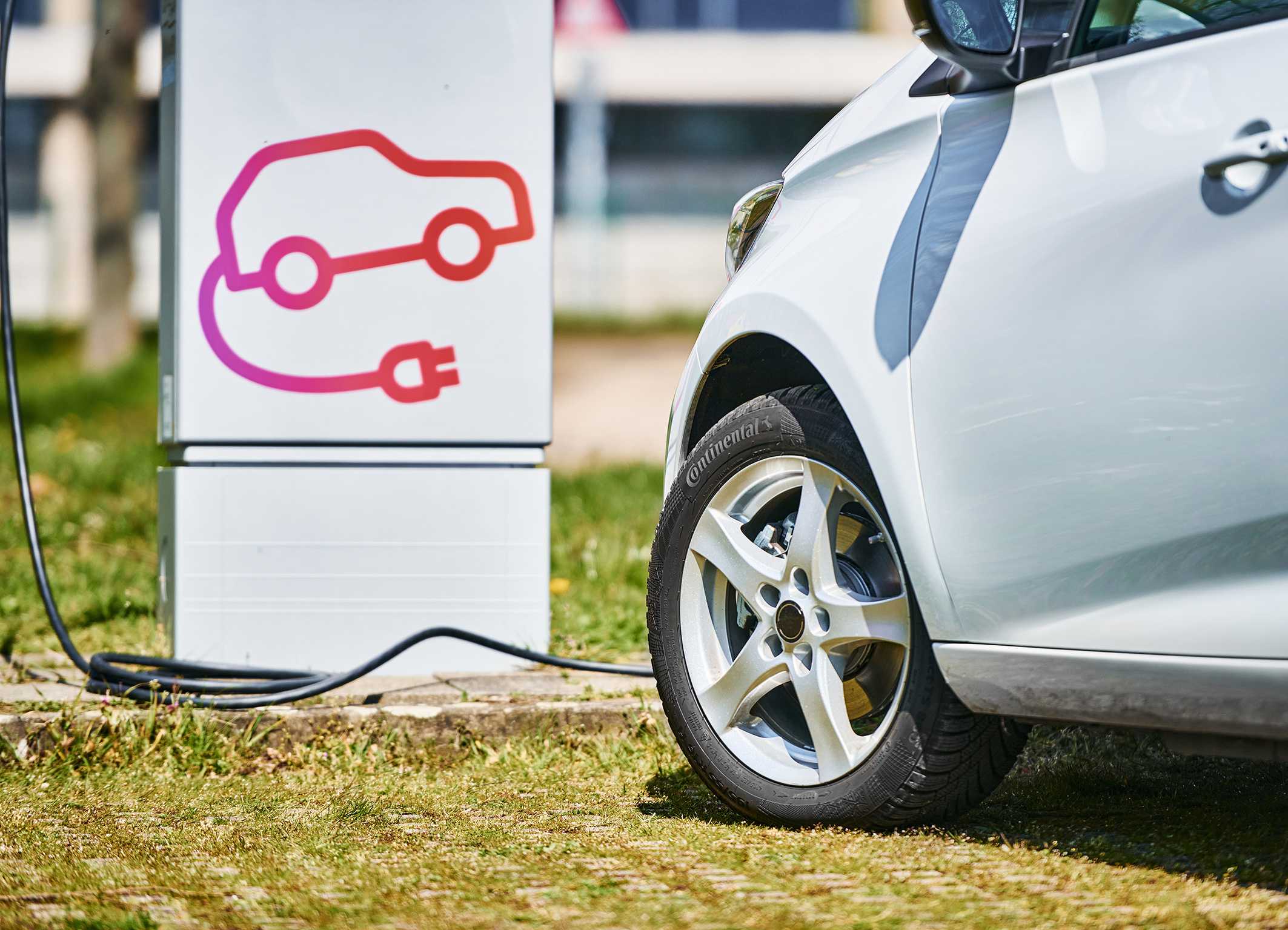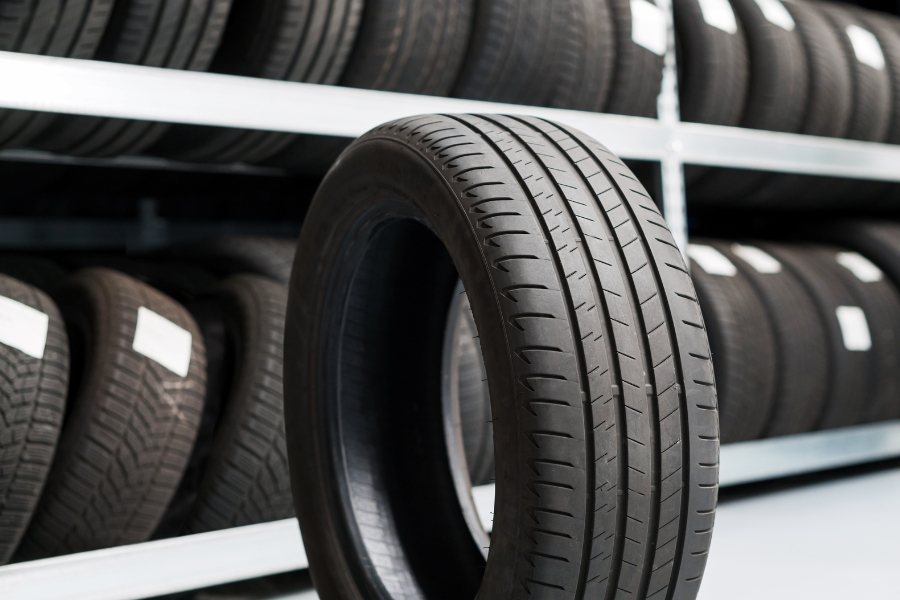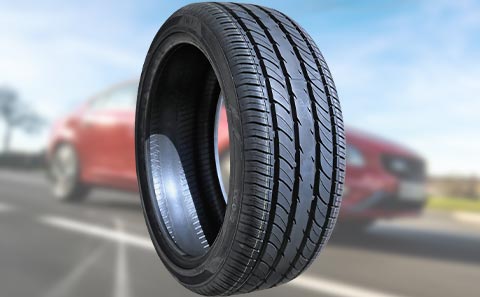Last Updated on August 5, 2025
Critical Role of the Tire Pressure Monitoring System in Ensuring Safe Drives
With advancements in automotive technology, ensuring tire safety has become more streamlined and efficient. One game-changer in this realm is the Tire Pressure Monitoring System, commonly called TPMS. But what exactly is this system, and why is it indispensable for modern vehicles?
The Tire Pressure Monitoring System, commonly called TPMS, is an automated system designed to monitor the air pressure inside the pneumatic tires on various types of vehicles. This system actively reports real-time tire pressure information to the driver via a gauge, pictogram display, or a simple warning light.
Purpose of Tire Pressure Monitoring System
The primary purpose of the Tire Pressure Monitoring System is to alert drivers when one or more tires are significantly under-inflated, posing potential safety risks and affecting the vehicle’s performance. Such a system can prevent tire-related accidents, improve fuel efficiency, prolong the tire’s lifespan, and maintain optimal vehicle performance.
The Tire Pressure Monitoring System is an automated system that monitors the air pressure inside your tires. If the tire pressure drops below or rises above the recommended level, the system triggers a warning, usually in the form of an icon lighting up on your dashboard.
Why is the Tire Pressure Monitoring System Crucial for Your Vehicle?
The Tire Pressure Monitoring System (TPMS) is essential in today’s vehicles, providing crucial information about tire pressure. Proper tire pressure is vital for your safety on the road and the longevity of your tires. In this guide, we’ll delve into why the TPMS is a critical feature for your vehicle, explaining its benefits and how it helps you maintain optimal tire health.
- Safety: Under-inflated tires can overheat, leading to tire failure. On the other hand, over-inflated tires can’t grip the road effectively, increasing the risk of skidding. The Tire Pressure Monitoring System ensures you’re immediately alerted of any deviations.
- Fuel Efficiency: Adequate tire pressure plays a pivotal role in fuel consumption. Under-inflated tires require more energy (fuel) to roll, leading to higher fuel costs over time.
- Tire Longevity: Maintaining optimal tire pressure means even tire wear, extending tire lifespan.
- Performance: Correct tire pressure ensures that your vehicle handles as the manufacturer intended, providing optimal ride comfort and handling precision.
How Does Tire Pressure Monitoring System Work?
There are two main types of TPMS – direct and indirect:
- Direct TPMS: Uses sensors in each tire that send real-time tire pressure data to the vehicle’s computer system.
- Indirect TPMS: This system works with the vehicle’s Antilock Braking System (ABS) to monitor the speed of each wheel and assess tire pressure indirectly. If a tire’s circumference changes due to pressure changes, it will roll at a different speed, triggering the system.

How do you maintain and understand your tire pressure monitoring system?
Maintaining and understanding your Tire Pressure Monitoring System (TPMS) is essential for vehicle safety and tire longevity. This guide will provide valuable insights and practical tips on ensuring your TPMS functions correctly and interpreting its readings to keep your tires in optimal condition.
- Regular Check-ups: Even with the Tire Pressure Monitoring System in place, it’s essential to have your tire pressure manually checked during routine maintenance.
- Understand the Warning: If your Tire Pressure Monitoring System warning illuminates, it indicates an underinflated tire. However, the system might malfunction if the TPMS light blinks and stays on.
- Battery Life: The sensors in your Tire Pressure Monitoring System are battery-powered. Even if they’ve been functioning round the clock for several years, there will come a time when the batteries need replacing. Keeping this in mind ensures your TPMS always works correctly.
What if you knew it could save your life one day?
Nissan announced recently that they are taking TPMS (Tire Pressure Monitoring System) one step further with the “Easy Fill Tire Alert” system, which will come standard on all 2012 Altima models. It alerts you that your tire or tires have low pressure and tells you which ones and by how much.
Once you get to a station to inflate your tires, the horn will chirp when the tires are correctly inflated; if you put too much air in the tires, a different warning sound will appear.
While making tire pressure monitoring easier will hopefully encourage more drivers to keep correctly inflated tires for their safety and that of others, it still does not negate the fact that drivers need to be more aware of the safety hazards of improperly inflated tires.
The Critical Role of Tire Pressure: Safeguarding Lives on the Road
Checking your tire pressure is one of the most critical safety regimes a driver can practice. It’s so crucial that Federal law requires cars, trucks, and vans under 10,000 pounds gross weight to have TPMS (Tire Pressure Monitoring System) as standard equipment. Still, even with a visual indicator, many drivers ignore this critical safety warning, which could cost you more than just a flat tire.
A recent study by the National Highway Traffic Safety Administration found that “vehicles with tires under-inflated by 25 percent or more were three times as likely to be involved in a crash linked to tire problems,” as reported by the Detroit News. The article points to older studies showing that 28% of vehicles today drive on at least one under-inflated tire by 25% or more.
Whether it’s easy or hard, it’s about saving lives. In the coming week, in support of National Tire Safety Week, we will feature all our posts about tire safety to encourage our audience to be better educated and safer drivers.
Conclusion
The Tire Pressure Monitoring System isn’t just another fancy automotive feature; it’s a critical component that ensures your safety, enhances fuel efficiency, and increases tire longevity. As with all vehicle components, understanding and maintaining it is crucial.
While the TPMS is an outstanding safety feature, it doesn’t replace the need for monthly manual tire pressure checks. It’s a complementary system designed to alert drivers to significant pressure drops. Always ensure your tires are inflated to the manufacturer’s recommended levels, found in the vehicle’s manual or on the sticker inside the driver’s door.
In conclusion, the Tire Pressure Monitoring System is not just a luxury—it’s a necessary tool that ensures your safety on the road. By consistently maintaining correct tire pressure, you safeguard yourself and other road users while promoting fuel efficiency and prolonging the life of your tires.
FAQs
How does the tire pressure monitoring system work?
The tire pressure monitoring system (TPMS) works in one of two ways, either directly or indirectly:
- Direct TPMS: This system uses pressure sensors located in each tire. These sensors measure the air pressure inside the tire and send this data wirelessly to the vehicle’s onboard computer. If the pressure in one or more tires falls below or rises above the recommended level, the system triggers a warning light on the vehicle’s dashboard.
- Indirect TPMS: This system doesn’t measure tire pressure directly. Instead, it uses the vehicle’s Antilock Braking System (ABS) wheel speed sensors to monitor the speed of each wheel. If one tire is under-inflated, its diameter decreases, causing it to rotate faster than properly inflated tires. The system recognizes this discrepancy and triggers a warning.
What is the tire pressure monitoring system called?
The tire pressure monitoring system is commonly referred to by its acronym, TPMS.
Are tire pressure monitoring systems worth it?
Absolutely. TPMS offers several benefits:
- Safety: It alerts drivers when a tire is significantly under-inflated, reducing the risk of tire failures, blowouts, and associated accidents.
- Fuel Efficiency: Proper tire inflation can improve gas mileage. By alerting drivers to under-inflation, TPMS indirectly aids in maintaining optimal fuel efficiency.
- Tire Longevity: Consistently maintaining the correct tire pressure can extend the lifespan of your tires. TPMS helps achieve this by reducing the chances of driving on under-inflated tires, which can cause uneven tire wear.
- Performance: TPMS ensures that vehicles operate with optimal tire pressure, enhancing handling, braking, and overall driving performance.
-
Automotive Specialist
-
Proofreader
-
Writer









